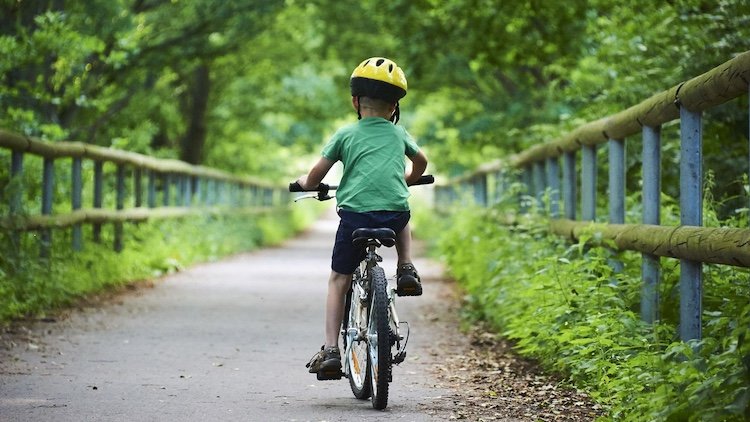Cannabinol and You… Why is it Important?
Everybody knows how exhausting and overwhelming modern life can be. Most of us are walking around perpetually burnt out, attempting to fulfill a list of endless tasks that dictate the flow of our energies. Put simply, we do too much. We are literally clumps of organic material that are capable of electrical conduction. When you overload the circuits eventually they are going to self destruct.
This constant influx of stimulus and stress keeps our bodies in fight or flight mode. When we are in fight or flight our bodies are programmed to do one thing, and that is to survive. The problem with constant movement, stimulus and stress is that our bodies never get a chance to rest and recuperate.
The immune system needs rest in order to function optimally, in fact rest is literally a green light to your body to begin the process of healing. We are so charged up all the time that it’s literally working our cells to death, as shown by the various disease processes linked to stress and exhaustion. But the problem is it seems we barely have the time to recognize the fact that we are living in a constant state of fight or flight, let alone the time to do something about it. Yet our cells depend on us, and we depend on our cells…. What to do?
Let’s take a look a little deeper into the biology of the body. It is my goal today to remind everyone that there is no separation between ourselves and our cells. We are our cells! I know this may sound obvious, but the reason I remind you of this fact is that whatever you are doing on a macrocosmic level, your cells are literally doing the same thing on the microcosmic level. That’s right, you heard it here. If you’re stressing out and not resting, eating poorly and not exercising or hydrating, your cells are too. Just like our large scale bodies, our cells’ tiny bodies contain organs called organelles.
One of these organelles is called the mitochondria. Mitochondria are the most ancient entities in the human body. The DNA found in the mitochondria is far more primitive than that in the nucleus of our cells. That is because long before we were ever multicellular beings we actually existed as mitochondria.
The significance of this information is this, the mitochondria are tasked with the creation of the energy currency of the human body, ATP. The mitochondria are magical beings that literally take molecules of fuel and convert them into life energy. When our mitochondria are functioning, so are we. Thus, we must worship the mitochondria!
How do we do that, you ask? Well one way, according to science, is to take your CBN! CBN, or cannabinol, is a compound found in cannabis. It does not bind to cannabinoid receptors in the cells, therefore there is no high produced by this compound. However, it does produce a strong sense of calm, and this is due to the fact that the compounds in cannabis relax and slow down electrical impulses within the human body, and this slows down the need for ATP (energy) production, thus our mitochondria are working less frantically and more efficiently. Recent studies have found the compounds in CBN actually halt oxytosis, also known as ferroptosis.
This degenerative process is a method of cell death induced by oxidative stress within the cell. Oxidative stress is linked to fatigue and overuse of the bodies’ resources. Think of it as burn out at the cellular level. In the lab, scientists were able to illustrate a direct relationship between CBN and the preservation of key mitochondrial functions! This means that using CBN is like putting a layer of protection on your mitochondria. This has a direct relationship to all neurodegenerative disorders, as the major link between them is premature oxytosis of the neuronal tissue in the brain and nervous system.
It is so very important for us to slow down to allow our bodies a chance to slow down as well. It is in the calm that we heal, and when we heal we can thrive. Cannabis is an integral piece of the self care puzzle. More and more studies are being produced that illustrate the crucial functions that cannabis supports within the human body.
During these times of stress we must find ways to help facilitate the calming our nervous systems so our immune systems can do what they are built to do! Get Synergy CBN into your repertoire as soon as you can!
Wishing you all the best on your healing journey,
Nurse Lauren



